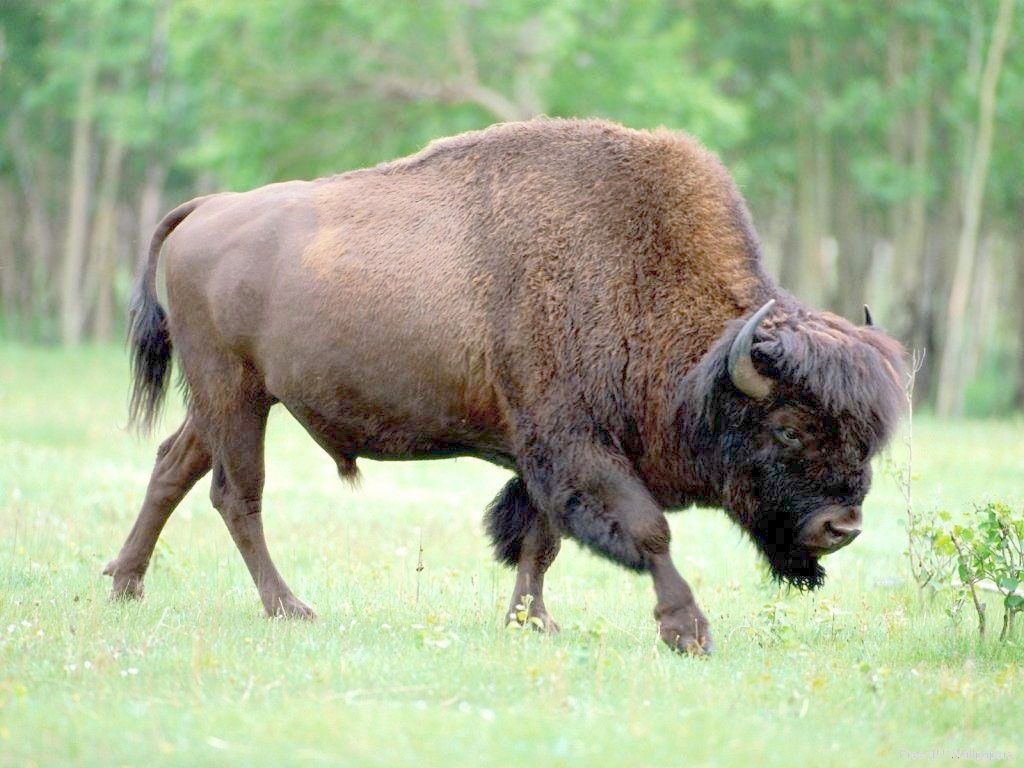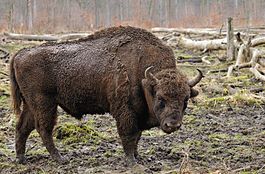Why did mammoths become extinct?
Mammoths moved north to the shores of the Arctic Ocean and adapted to new conditions. In cold climates there lived woolly rhinoceroses, cave bears, reindeer, polar bears and mammoths.
The “king” of animals of that time was the mammoth; the hairy giant reached 3-4 meters and weighed up to 5-6 tons. The tusks of older individuals reached 4 meters and weighed more than 100 kg. It was covered with thick and long hair of red and brown color. The hair length reached 1.2 m. Skin up to 2 cm thick and long hair with thick soft undercoat protected the mammoth’s body even in the most severe frosts.
The main feature of mammoths is their tusks. In mammoths they were long (as mentioned above) and intricately curved.
Undoubtedly, they helped the hairy giants get food - they used them to shovel snow, push aside tree thickets, and chop ice to quench their thirst in winter. Female mammoths had relatively small tusks.
Ancient people hunted mammoths, but at the end of the Pleistocene, about 1000 years ago, all mammoths suddenly became extinct for reasons unknown to science.
“Berelyakh Mammoth Cemetery” - located on the left bank of the Berelakh River (the left tributary of the Indigirka River at its mouth), 30 kilometers above the village of Chkalovo (new name Berelakh). The first scientific report about this cemetery was made by permafrost expert N.F. Grigoriev, who in 1947 collected several mammoth bones here and took photographs of the area. In fact, the area with an abundance of mammoth bones has been known to the indigenous people for a very long time. Indigenous people collected mammoth tusks and craftsmen made knife handles, combs, and various figurines from them.
Mammoth Cemetery is a unique monument of ancient fauna - the largest accumulation of skeletal remains of mammoths. More than one expedition visited the Berelyakh mammoth cemetery. How can we explain the existence of a natural collection with such an abundance and variety of “exhibits” lying directly on the surface of the earth and hidden within a limited area? Systematic work on the study of the cemetery began in 1970 with the establishment of the uniqueness of the burial, under the leadership of the head of the laboratory of Quaternary geology B. S. Rusanov. Leningrad professor N.K. Vereshchagin took part in the expedition. The expedition used a hydraulic pump to wash away the bone-bearing section of the slope of the 12-meter route on the left bank of the Berelakh River. The total number of bones collected on the surface of the slope and artificially washed from the soil was 7614 bone remains. According to N.K. Vereshchagin, 98.6% of the bones belonged to mammoths, and the remaining 1.4% to woolly rhinoceroses, bison, horses, reindeer, cave lions, wolves, wolverines and hares. The bones of mammoths lay in it in a chaotic disorder and in a wide variety of positions, mixed with shoots and roots of willows, and mammoth hair was visible. Some bones and tusks were torn apart by ice veins.
The Berelyakh man loved to decorate himself, as evidenced by numerous stone pendants and was a good painter. Found a drawing. O. N. Bader wrote: “On a fragment of a tusk we see the figure of a mammoth in profile, with its head turned to the left, with two deeply cut, bent tusks and a short tail raised up. From the side we see only two left legs, and the right ones are obscured by them. Under the belly there is long hair hanging down. The mammoth figure occupies almost a third of the roundness of the tusk, so it can be seen in detail only by slightly turning the tusk...”
Primitive man could only draw the object that he represented in front of him - a living mammoth.
According to Academician Mochanov, the Berelyakh man and the Berelyakh mammoth existed at the same time.
Could humans have caused the extinction of mammoths? The origin of this natural collection of the “Mammoth Cemetery” remains a mystery.
Year after year, many remains of mammoth fauna are released from the embrace of permafrost soil.
New discoveries still surprise residents. In 2008, a resident of the village of Chokurdakh found a baby mammoth, where mammoth tusks were repeatedly found. The carcass was found very far from the village and was not buried under a layer of earth; it simply, apparently, thawed from the snow. They were taken to Yakutsk and placed in the freezer of the Mammoth Museum. The head of the Mammoth Museum, Doctor of Biological Sciences Pyotr Lazarev said that, unfortunately, approximately 70% of the baby mammoth’s body remained, its limbs and the entire lower and rear parts of the body were completely preserved. Body length is approximately 40 centimeters. The upper back, neck, trunk and most of the internal organs are missing. The reason for this is the ubiquitous Arctic foxes, as well as the fact that the baby mammoth died in a puddle and the water “worked” on its destruction. Not only is it preserved in a frozen (pristine) form, which is very important for microbiological, genetic and other analytical types of research, but it is also one and a half to two years old. The individual characteristics of a baby mammoth of this age are not known to science. Museum staff are preparing a draft plan for working with the carcass, which will last at least two years. Once the work is completed, the carcass will become a unique museum exhibit. Perhaps, if they agree on mutually beneficial terms, in a few years the baby mammoth will be handed over to the Japanese, who have long been nurturing the idea of cloning mammoths. The soft tissues of the “newborn” Allaikhov mammoth are in almost perfect condition.



No comments here yet.